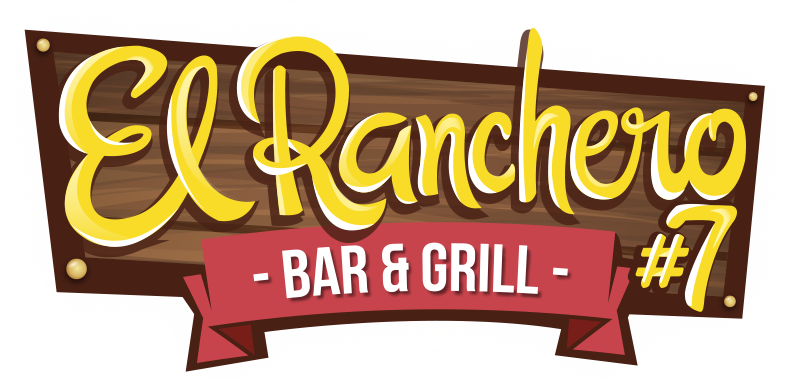Just like you might count on, Ecuadorians on their own usually do not name their own caps Panama caps. In Ecuador, the caps become sombreros de paja toquilla, or a€?hats of toquilla straw.a€?
Starting in the first to mid-1600a€™s hat weaving changed as a cottage business all over the Ecuadorian shore. Hat weaving and wear grew steadily in Ecuador through the 17th and 18th years. Even so, the highest quality hats had been getting manufactured in something now the province of ManabA (mahn-ah-bee).
The ManabA villages of Montecristi and Jipijapa (hee-pee-ha-pa) gathered pre-eminence as the trusted stores of surfacing hat field. Caps woven indeed there gathered a track record to be better quality, finer, than caps woven somewhere else. a€?Montecristisa€? and a€?Jipijapas,a€? as the caps were sometimes labeled as, comprise more and more desired than caps with reduced provenance.
PHOTOGRAPH LEFT: The Catholic chapel in Montecristi is their most notable landmark. The sculpture are of Eloy Alfaro, native son of Montecristi, first chosen President of Ecuador, and an important escort service Salt Lake City pro in starting Montecristi as spot a€?Panamaa€? hats result from. A© B. Brent Ebony
To this day, in Yucatan county of Mexico, which has created a unique thriving Panama hat field, hats woven of toquilla straw are more often called a€?jipijapasa€? than Panamas. Nobody I talked with understood your term have descends from the small city in ManabA state, Ecuador. Towards the south of Yucatan, in Belize, a boy provided me some tiny baskets woven of some sort of straw that featured amazingly familiar. I inquired precisely what the containers happened to be made of. The guy replied a€?Cheepeechoppa.a€? No doubt this was a corruption of jipijapa.
Jipijapa Area Hallway in 1912
Two events took place the 1830a€™s that will changes Ecuadora€™s hat market forever.
In 1835, Manuel Alfaro emigrated from The country of spain to Ecuador. The guy decided in Montecristi and founded himself into the cap businesses. He organized generation much better than any person had formerly by developing extreme network of weavers also artisans necessary to the making and finishing in the caps, and also by producing a smooth-flowing production system. Their goala€”export.
Quickly, his hats are making the port places of Guayaquil and Manta, bound for Panama. The guy founded a company in Panama that exchanged in caps, cacao, and pearls. As mentioned in the earlier part, he’d selected their place better and fortune preferred him with all the Ca gold rush, which drastically increased traffic in Panama plus need for their hats. Alfaro offered their caps in Panama and exported all of them from Panama to other countries, especially the usa.
By 1850, the U.S. have created quite a cravings for woven straw caps from Ecuador/Panama, getting two hundred twenty thousand ones annually. Alfaroa€™s boy, Eloy, entered the household companies and led they to even greater heights. As noted in The Panama-hat path , by Tom Miller A© state Geographic, Eloy Alfaro made use of proceeds from hat sale to assist fund the truly amazing Liberal movement in Ecuador. The movement is a success and Eloy Alfaro had been twice-appointed President of Ecuador. Obviously, people besides Alfaro assisted to grow cap creation in ManabA and in other places over the coastline in order to meet the ever-growing requirements.
Children of weavers in Montecristi, 1912
In 1836, Cuenca proclaimed it self into the cap company. Authorities indeed there decided to opened a hat manufacturer to be able to improve the local economy by getting a share from the quickly growing export markets. Within a few years, their unique working area had been producing caps and knowledge anyone who got happy to learn.
In 1845, Don Bartolome Serrano significantly speeded in the growth of the Cuenca cap market by firmly taking a thorough method of the job available. The guy visited the shore along with upwards straw offer lines through the largest toquilla-growing markets. The guy ordered a great deal of solid wood hat forms, all the apparatus with the trade, bleaching dust, actually weavers. He chose master weavers from ManabA and produced these to Cuenca.
